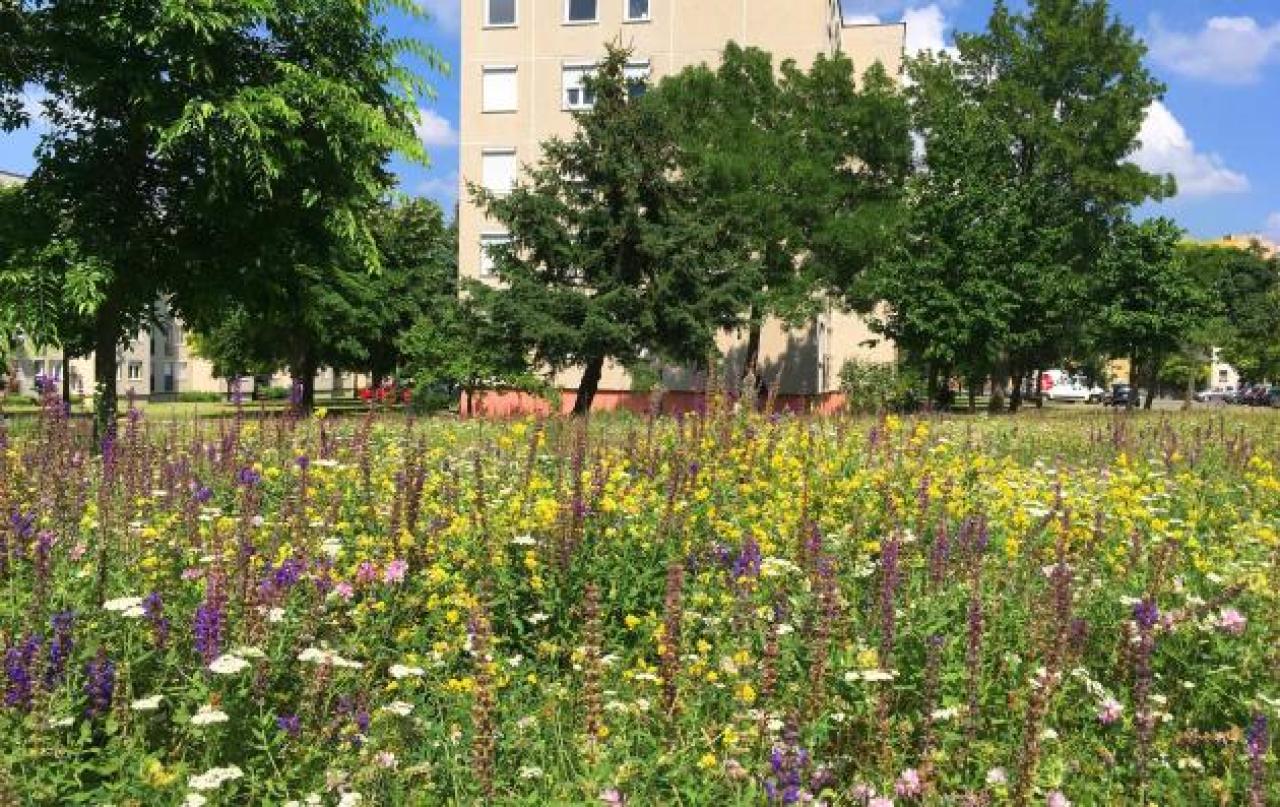The primary milestone of the period was the drafting and peer review of the Integrated Action Plans (IAPs). These plans, co-developed with local stakeholders, aim to embed biodiversity into city planning in a practical, locally tailored manner. The peer review process took place during the 5th Core Network Meeting in Cieza, Spain, where cities provided structured feedback to each other using tools from the URBACT toolbox. This collaborative effort not only strengthened each IAP but also reinforced the network’s commitment to mutual learning.
Beyond planning, cities also moved into action. Many launched testing actions and prepared BiodiverCity Festivals, set to unfold during Spring and Summer 2025. These local engagements bring biodiversity to the public spotlight, fostering awareness and ownership.
Several cities took bold steps independently. Guimarães began developing its own City Biodiversity Index, while Limerick hosted a Bioblitz as part of the global City Nature Challenge. These voluntary efforts demonstrate the network’s growing momentum and the motivation of cities to go beyond their commitments.
A standout moment of peer support emerged when a ULG member from Veszprém conducted a research study to support riverbank erosion solutions in Poljčane, exemplifying the spirit of inter-city collaboration that URBACT fosters.
The period also saw BiodiverCity’s voice carried further: its reflections on the EU Nature Restoration Law were published by The Nature of Cities, and partners were introduced to initiatives such as the Berlin Urban Nature Pact, promoting global-local biodiversity action.
As the network moves into the second half of its journey, BiodiverCity continues to show how urban planning, when rooted in biodiversity and shared learning, can reshape cities for a greener future.
You can find the whole report below:


